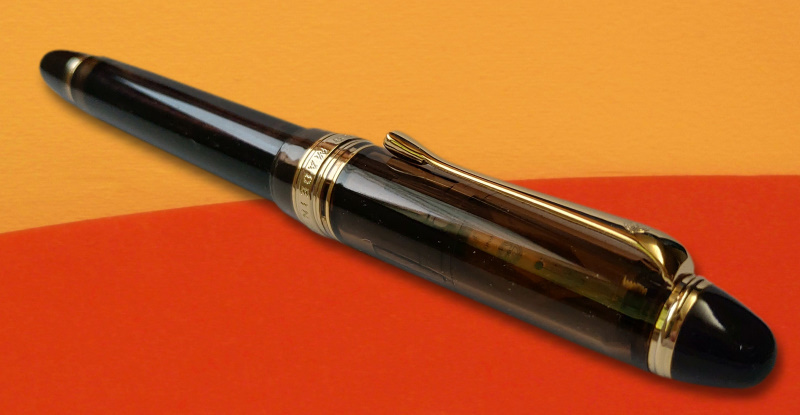PRP Technology: What is the Success Rate in Hair Transplant?
448
0
·
2020/11/10
·
4 mins read
☕
WriterShelf™ is a unique multiple pen name blogging and forum platform. Protect relationships and your privacy. Take your writing in new directions. ** Join WriterShelf**
WriterShelf™ is an open writing platform. The views, information and opinions in this article are those of the author.
Article info
Tags:
Date:
Published: 2020/11/10 - Updated: 2020/11/12
Total: 775 words
Like
or Dislike
More from this author
More to explore










One of the common health problems that affect all genders is hair thinning or hair loss. Although hair loss may happen at any age, it may mostly occur at 50. Research shows that about 30 million women and 50 million men experience this health issue every year.
Fortunately, Beverly Hills Hair Restoration Clinic has made it easy to fix hair loss using different hair loss treatments. We have hundreds of ways to treat hair loss, and all have varying levels of success rate or reliability. Very few will give you the desired results with little or no side effects.
The commonly used treatment is platelet-rich plasma (PRP). This hair loss treatment technique involves drawing platelet-rich plasma from the patient's blood, which is then injected into his or her scalp to aid in repairing body tissues. The substance also repairs follicles where hair grows.
A centrifuge-like mechanism in separating PRP from the patient's blood after extraction. The mechanism also helps to boost healing by increasing protein concentration in the blood. PRP has the potential to treat tendon injuries that require tissue repair. Research has also shown that PRP injections are a reliable solution when treating androgenic alopecia, which is male pattern baldness.
With this information in mind, let's now try to find out what research says on the PRP success rate when treating hair loss. We shall also look at its side effects and what is expected from this treatment from Beverly Hills Hair Restoration.
Is PRP Effective When Treating Hair Loss?
To cut to the chase, PRP treatment's effectiveness to treat hair loss no 100%. Neither does it guarantee the preservation of lost hair.
Let's go through an overview of PRP treatment across trusted studies to see what results came out:
A study conducted in 2014 on 11 people with androgenic alopecia revealed that after injecting their scalps with 2 to 3 cubic centimeters of PRP, the number of follicles grew from 71 to 93. This was done after every 2 weeks in 3 months.
Although this study is too small to give tangible a conclusion, it revealed that PRP could increase hair follicles, which aids healthy hair growth.
Another PRP study was done in 2015, where 10 people increased the number, thickness, and strength of their hair roots after receiving PRP injections. This was done after every 2-3 weeks for 3 months. 10 samples are also a small number to be conclusive, but the study helped determine PRP effectiveness.
Besides using PRP in treating male pattern baldness, tons of studies were done, but most were inconclusive. Therefore, what makes PRP a popular hair loss treatment method?
It is the preferred technique in many hair restoration Los Angeles clinics because it's reliable in providing proteins which perform other functions, including:
Does PRP Hair Treatment Provide a Permanent Hair Loss Solution?
To see any visible changes, it will take a few visits in the first round of treatments. Although a patient will start seeing desired results after a while, touch-up is still needed to maintain new hair regrowth. This is done at least once a year.
Does PRP Hair Treatment Have Any Side Effects
Side effects may be experienced in PRP treatment. They may come as a result of injections or the entire procedure. Some of these side effects include:
What Needs to Be Done Before and After PRP Treatment
PRP hair loss treatment is a sensitive procedure that needs analysis from a hair restoration Los Angeles doctor before proceeding with it. You should also know that based on the patient's overall health, hair health, and platelet levels, results will vary.
Conclusion
Platelet-rich plasma, popularly called PRP, is used to treat a type of hair loss called androgenic alopecia. After several sessions, a patient will experience significant changes in hair growth. However, research done to prove its effectiveness involved 40 or fewer samples, making them inconclusive. It is hard to tell if this procedure will work for everyone who wants to restore his or her hair. Another factor that affects the results is the number of platelets in the patient's blood.
To know whether you are a good fit for these procedures, consult your hair restoration Los Angeles doctor first to see whether there are enough platelets in your blood to help restore your hair. This is important if you want to get the desired results.